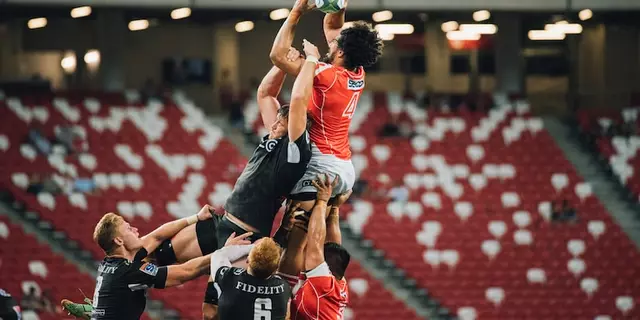Why does Ireland have one Rugby team but two football teams?
A Tale of Two Football Teams
In this section, we will delve into the history behind the split that led to the formation of two separate football teams: the Republic of Ireland and Northern Ireland. We will explore the political and social reasons behind this division and how it has impacted the sport in Ireland over the years. Furthermore, we will look at the relationship between these two teams and their respective governing bodies.
The Island of Ireland: Politics and Sports Collide
As we discuss the origins of the two football teams, it is impossible not to touch upon the complex political history of Ireland. From the early 20th century, the island has been divided into Northern Ireland, which remains a part of the United Kingdom, and the Republic of Ireland, an independent nation. This political division has permeated various aspects of life, including sports. I will explain how this division has affected the football landscape in Ireland and why it continues to persist to this day.
The Early 20th Century: A United Football Team
Before the split, there was actually only one football team representing the entire island of Ireland. This team was governed by the Irish Football Association (IFA), which was founded in 1880. However, as political tensions rose and the island divided, so did the world of football. In 1921, the Football Association of Ireland (FAI) was formed, leading to the eventual split of the football teams representing the island.
Why Rugby Remained United
While football in Ireland became divided, rugby managed to remain united under one governing body, the Irish Rugby Football Union (IRFU). The IRFU has continued to represent the entire island of Ireland, fielding one national team, rather than dividing along political lines like football. In this section, I will discuss the reasons why rugby has managed to maintain a united front amidst the political division in Ireland and how this has affected the sport's growth and popularity.
Football Rivalries and Identity
With two football teams on the island, rivalries and identity have played a significant role in shaping the football landscape in Ireland. In this section, I will discuss the intense rivalry between the two teams and how it has impacted the fans' identities. Additionally, I will touch upon the significance of the "All-Ireland" matches that occasionally take place between the two teams and the emotions they evoke among fans.
Notable Players and Their Allegiances
Over the years, several notable football players have emerged from both the Republic of Ireland and Northern Ireland. In this section, we will take a closer look at some of these players, their careers, and their decisions regarding which team to represent. We will explore the factors that have influenced their decisions and how these choices have been received by fans and the football community.
Attempts at Reunification
Throughout the years, there have been several attempts and discussions about reunifying the two football teams in Ireland. I will explore these efforts and the reasons why they have ultimately been unsuccessful. Additionally, I will discuss the potential benefits and drawbacks of a reunified team and the obstacles that need to be overcome for this to become a reality.
The Impact on Youth Development
The division of football in Ireland has had a significant impact on the development of young players. In this section, I will discuss how the split has affected youth football programs and the opportunities available to young players in both the Republic of Ireland and Northern Ireland. Furthermore, I will explore the potential consequences of this divide on the future of football in Ireland.
Conclusion: A Complex Relationship
In conclusion, the story of Ireland's two football teams is a complicated one, deeply rooted in the island's political history. While rugby has managed to remain united, football continues to be divided along political lines. As we have seen, this division has far-reaching implications on the sport, from rivalries and identity to player development and attempts at reunification. Ultimately, the future of football in Ireland remains uncertain, and the complex relationship between the two teams will continue to shape the sport in the years to come.







